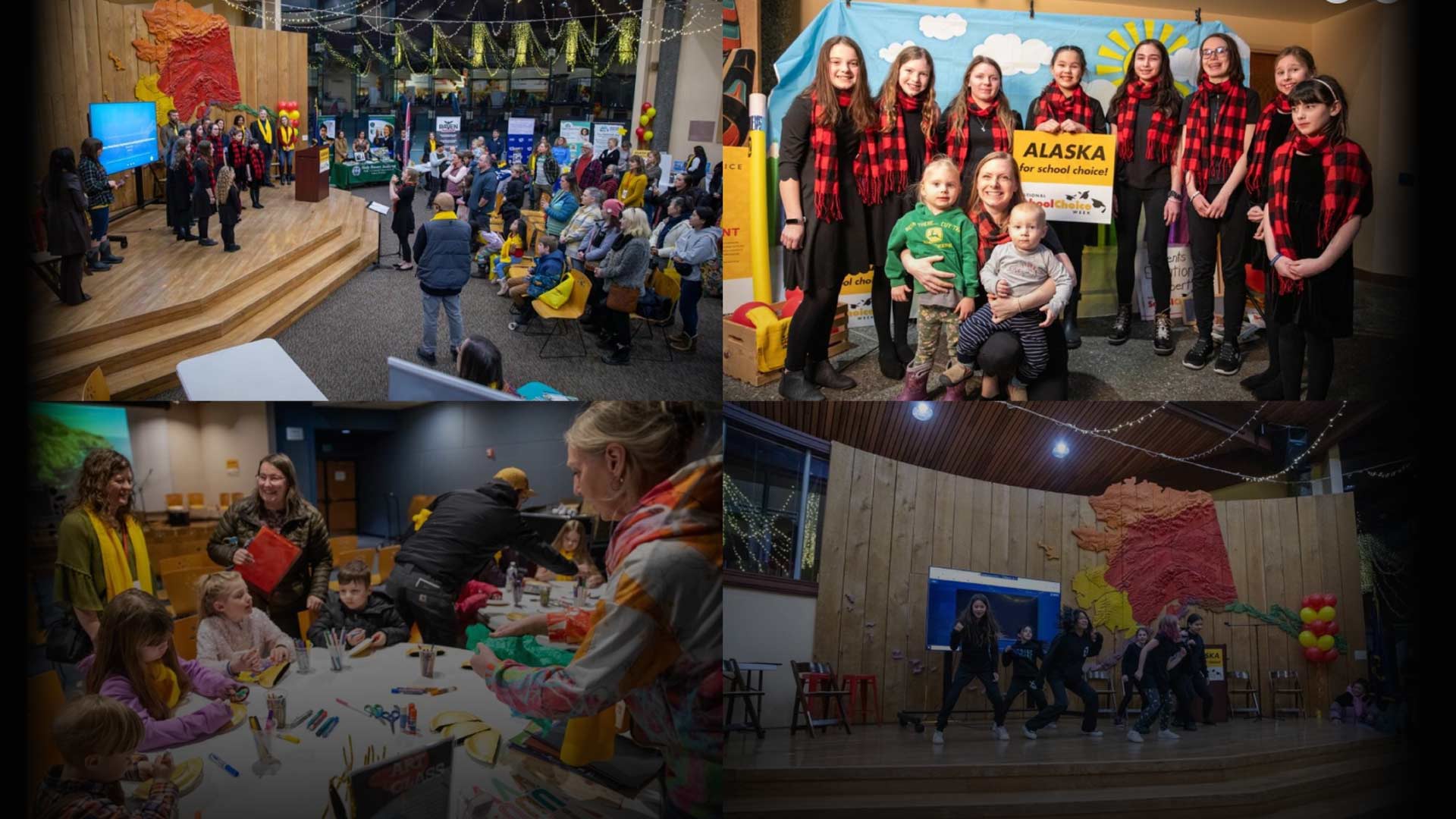
On Jan. 9, 2020, I was a presenter at the Juneau–Gastineau Rotary Club, speaking on “Several sanctioned avenues for immigration to the United States.” At the end of my presentation, an attendee in the audience asked a question: “Alexander, what was the most difficult area of your acculturation and assimilation in the United States?”

“My behavior,” I said without any hesitation. As I answered the question, I instantly observed by the reaction of the audience that they expected a different, perhaps more obvious response, such as: food, language, customs, economics, politics, appearance, etc. True, for a newcomer’s adaptation, these socio-economic categories are essential for survival in a foreign environment. Nevertheless, people’s behavior (temperament, manners, demeanor, gestures, conducts, actions, bearing, comportment, preferences, motivation, ambition, etc.) is the most critical obstacle for acculturation and assimilation to new cultural traditions.
According to a prominent American sociologist Joseph Elton: “Acculturation is the adoption of cultural traits, norms and customs by one society from another … There is no clear line [that] can be drawn between acculturation and assimilation processes. Assimilation is the end–product of a process of acculturation, in which an individual has changed so much as to become dissociated from the value system of his group, or in which the entire group disappears as an autonomously functioning social system.”
All of us live within a culture. Most cultural descriptions can be labeled like “middle class,” “American,” or “Yupik and Inupiat.” This qualification often becomes associated in our minds with certain habitul features that are typical of that cultural labeled. One such attribute for “middle–class Americans,” for example, might be typical foods – hamburgers, hot dogs and Coca Cola. Of course, this is a very broad and superficial understanding of culture.
The newcomer must see a socio–economic necessity and benefit in accepting new traditions and values in order to ultimately embrace and accept his new culture without external influence.
Culture is learned behavior passing from one generation to another – an ongoing process which changes gradually over time as a learned means of survival. In contrast, all animals adapt to their environment through biological evolution. If an animal was well adapted to its physical environment, it prospered. If it was not, it either evolved or became extinct.
As a result of biological evolution and adaptation to the northern environment, for example, the polar bear developed a thick coat and layers of fat to protect it from the arctic cold. But the Yupik and Inupiat do not possess fur. They wear warm clothing, and in the past made sod houses to protect themselves from the harsh environment. Their ancient tools and dwellings were part of their culture — their adaptive system that coincides to the polar bear’s fur.
In short, language, religion, education, economics, technology, social organization, art and political structure are typical categories of culture. Culture is a uniquely human system of habits, moral values and customs carried by the society from one’s distant past to the present.
Acculturation and assimilation to a new culture by newcomers is a personal and self-determined process — the right to make one’s own decisions without interference from others. No one can force a newly arrived legal immigrant to accept the cultural traditions, lifestyle, and customs of his new country. The newcomer himself must see a socio–economic necessity and benefit in accepting new traditions and values in order to ultimately embrace and accept his new culture without external influence.
Indeed, the process of acculturation and assimilation can be long and turbulent for many newcomers.
I first visited Alaska in 1981, while participating in archaeological field research for graduate school at Brown University. Then, I was one of few, if not the only Soviet–born person in Alaska since 1945 (Russian Old Believers arrived at Alaska in the 1960s from Oregon and South America). In fact, from 1946 to 1986, or during the Cold War between the U.S. and the Soviet Union, travels to Alaska were officially closed to Soviet citizens and likewise Siberia for American citizens. There was an exception for select scientists, visiting both places for research–related purposes under the auspices of the International Research Exchange Board. In 1981, I already was a permanent resident of the United States, with a green light for traveling to Alaska.
Then, as a recent political refugee from the Soviet Union, my behavior was still typically Russian — direct, impulsive, critical, opinionated and emotional (certainly, very general stereotype of the Russian character). Fortunately, my sponsors and hosts in Alaska, Charles Holmes from Anchorage and Glenn Bacon from Fairbanks, were trained and professional anthropologists; they cross–culturally were able to understand my behavior and occasional awkward expressions and guide me through rough waters and unfamiliar landscapes. After 40 years, Charles and Glenn are still my good and loyal friends.
ALASKA WATCHMAN DIRECT TO YOUR INBOX
On one occasion, a rather humorous cross–cultural incident took place in Fairbanks. Glenn’s in-laws invited me to their house for dinner. To experience Russian cuisine, they asked me to cook some traditional Russian meal. So, I managed to cook a borshch (cabbage soup) and authentic Salad Olivye (boiled potatoes cut in cubes, green peas, boiled eggs, cooked carrots cut into cubes, cubed ham, olives, onion, large pickles cut into cubes, and ½ cup of mayonnaise—all mixed together).
After a dinner, I played a guitar and performed several Russian songs for everyone. At some point, Glenn’s mother-in-law approached me and confessed, “I had always envisioned Russians as tall, dark, with shaking hands. But you are different.” I only smiled in my response, and took her description of a “Russian man” without offense. After all, I was the first Russian she had ever met, except for the demonic Russian characters portrayed in Hollywood.
Indeed, the process of acculturation and assimilation can be long and turbulent for many newcomers. It is critical, therefore, for American society to be inclusive, tolerant and educated in cross–cultural communication in order to welcome legal newcomers to our diverse and exceptional country.
The views expressed here are those of the author.








7 Comments
This is a very insightful description of cross-cultural adaptation. My experience was similar in that I had to learn about Russian culture when I lived there as a missionary with the preconceived notions of who Russians were. Many of my perceptions were proven to be incorrect. It certainly took a long time to develop an appreciation for Russian culture as well as extreme patience on behalf of those Russians who helped me on that journey.
“We can have no ’50-50′ allegiance in this country. Either a man is an American and NOTHING ELSE, or he is not an American at all.
“Theodore Roosevelt”
Well said then, well said now!
Thank you, Mike!
My great grandparents were German but born into farming families from Germany living in Russia. They met there, were married in Poland, lived for a time back in Germany and started a large family. They bought a dairy in New Jersey and moved their family there in the early 20th century. Great Grandma did not assimilate as well but Great grandpa was gung-ho to embrace American culture and their children quickly adapted in the schools. Years later, my sister and her husband adopted their first child, a daughter, from Russia in 1998, and traveled to Moscow to get her. That was quite an experience. They spent a few weeks in Russia traveling and very much loved the culture there. My niece has grown into a lovely young woman and just graduated from University of Portland this past June.
What you described Mr. Dolitsky, in what aided you in adapting to the US gets down to relationship and friendship. We are designed for relationship and bonds which are a way to find common ground but also grow and adapt. Thank you for sharing your experience! I enjoy your writing!
If it’s so difficult,, then don’t come here. Plain and simple.
And Thank you Michael!
Bull Excrement! ILLEGAL IMMIGRANTS have a had time adapting. Many were just kicked out of foreign prisons for heavens sake.
LEGAL IMMIGRANTS have little to no problem because they Prepare, study our ways AND learn our language. Illegals don’t bother to do any of these things. They come here and – to a large degree – simply drain communities resources and complain it’s not enough or they want to go to another state.